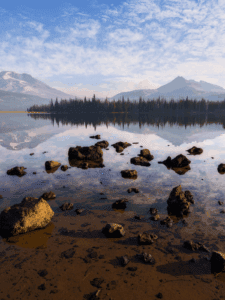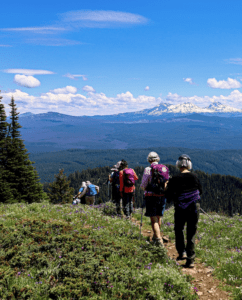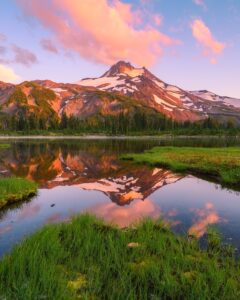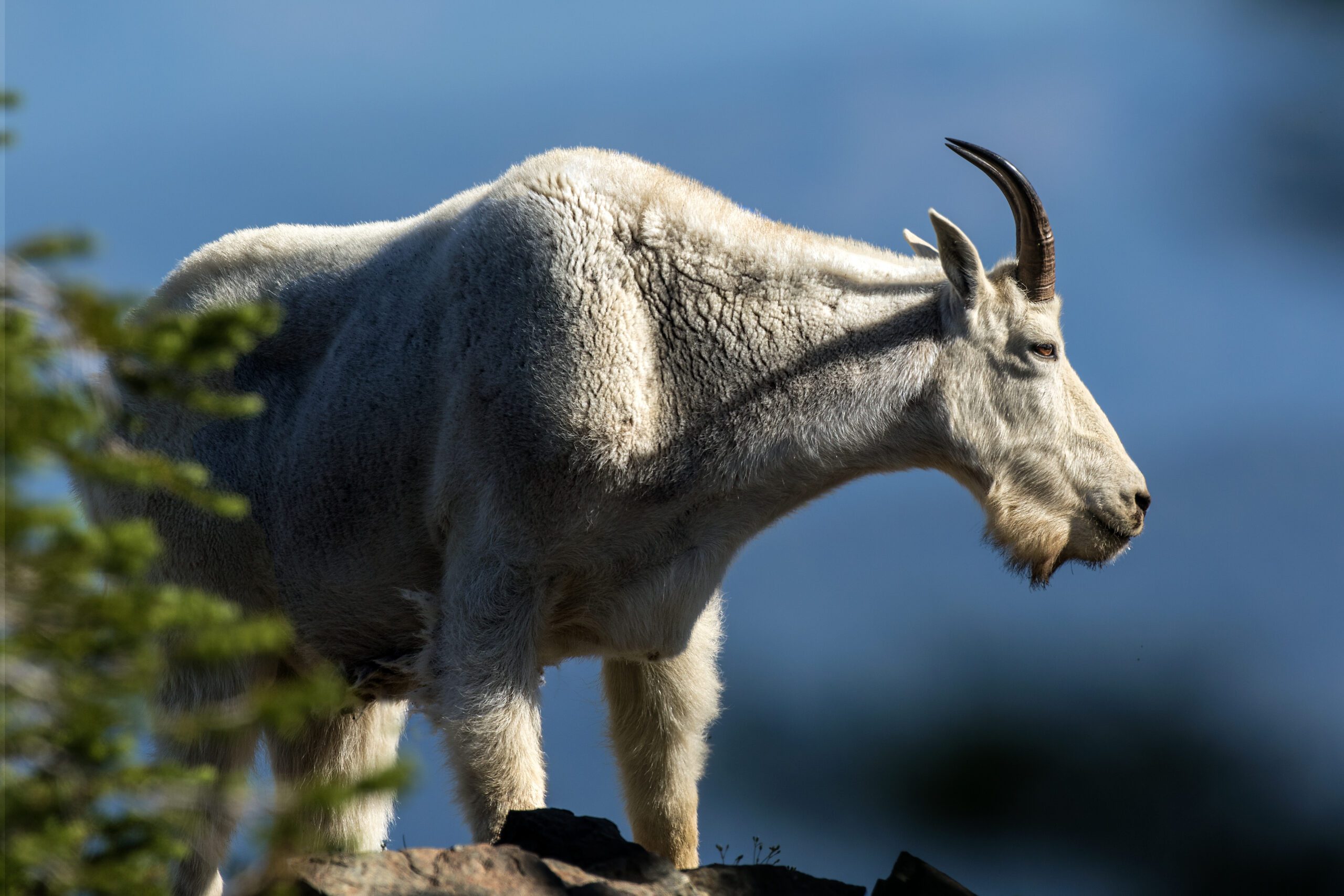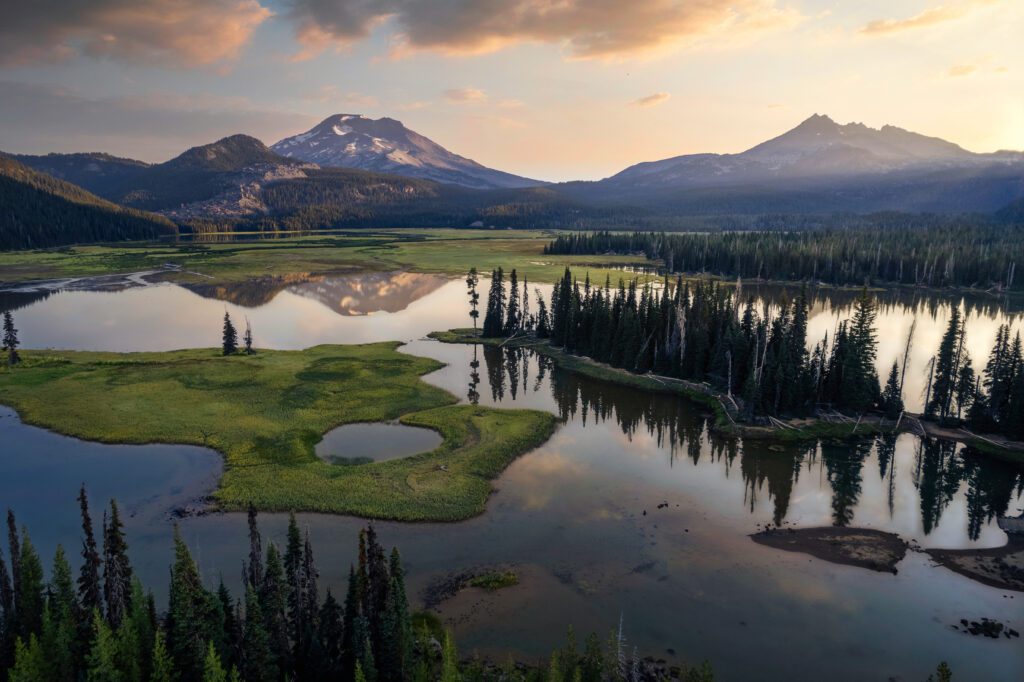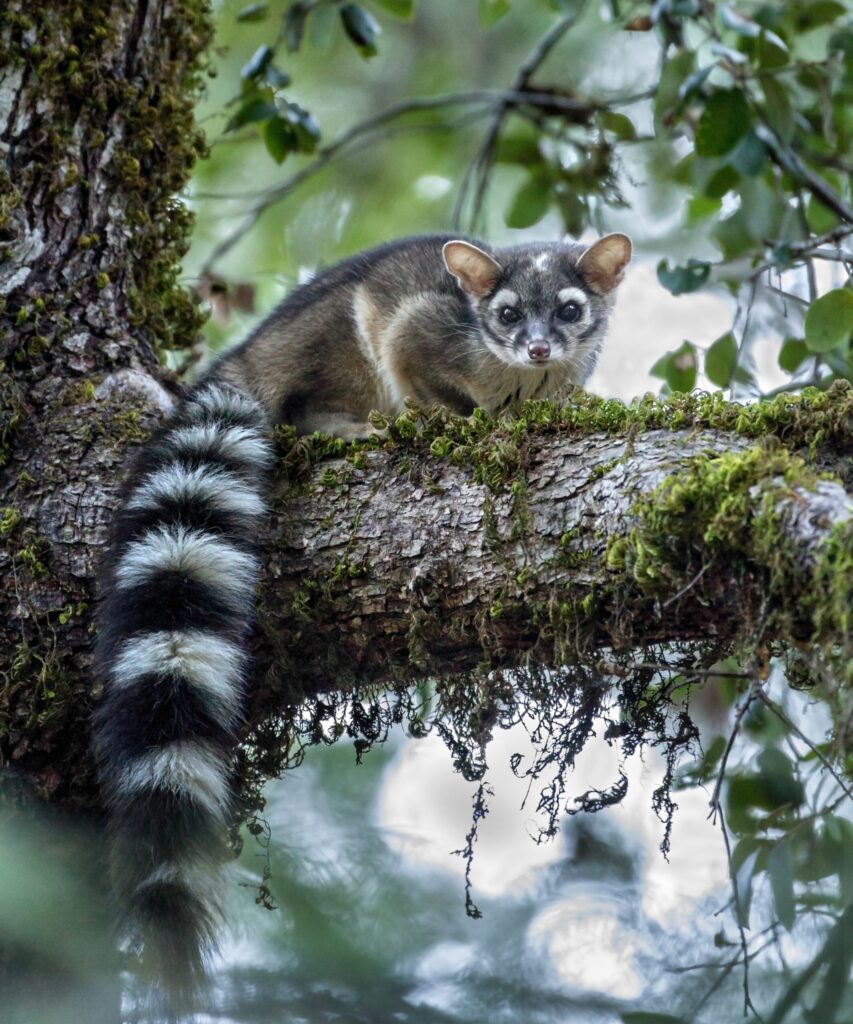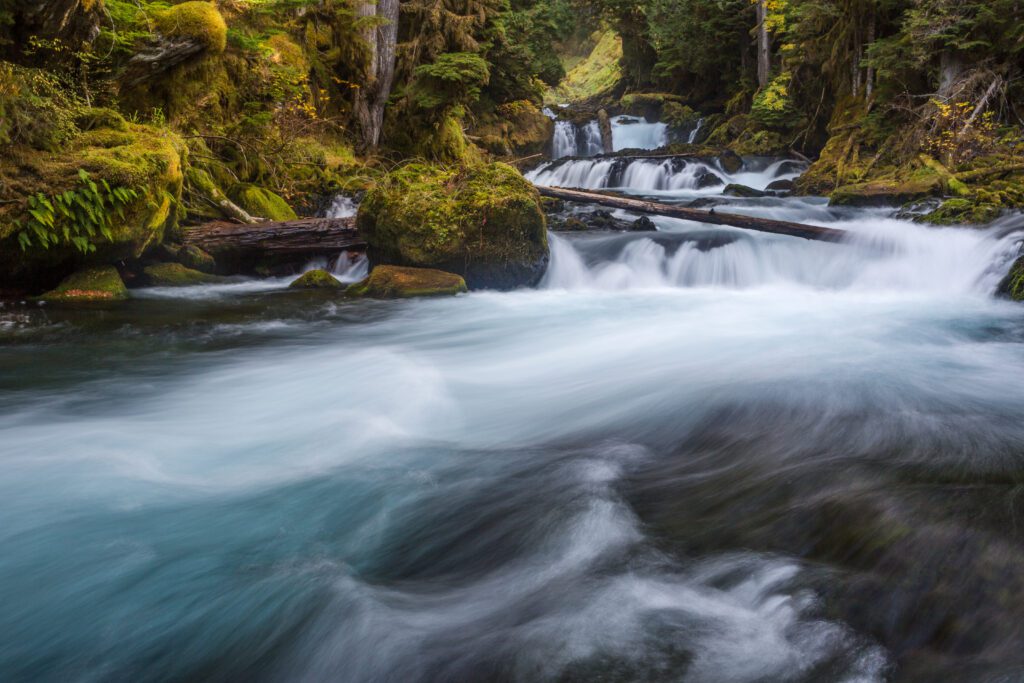Improbable victories offer hope for the future
“For years, conservationists have labored to influence decisions affecting public lands…Hundreds have invested time and effort examining sites, studying maps, adjusting boundaries, deciphering the subtleties of bureaucratic prose, and pressing convictions upon elected representatives. Then came November 4, 1980. Today, conservation accomplishments, decision making processes, and indeed, the public lands are in danger of being swept away…”
Those were the opening words of the January-February 1981 Oregon Wild newsletter. Ronald Reagan had just defeated Jimmy Carter, Republicans had taken the Senate for the first time in two decades, and the new power brokers aligned with anti-public lands extremists known as the Sagebrush Rebellion. To put it bluntly, shit did not look good.
Four and a half decades later, we can look back and see what followed—years of ups and downs punctuated by a steady series of wins for the wild that would have seemed improbable in 1981. Back then, the organization was young, just finding its footing, while the logging industry was an ever-present, dominant force.
Like a mountain goat facing a sheer cliff towering thousands of feet overhead, we didn’t let the scale of the challenge or the long odds of success deter us. We picked our way up the slope—sometimes slowly and persistently, sometimes with bold leaps—and reached every summit because we never gave up.
As we enter a new era with renewed challenges, the stakes are high and the obstacles immense. Here are a few stories from times we defied the odds to secure victories for nature. Let them remind us that we’ll do it again.
From ‘Rebellion’ to RARE victory
After the Reagan revolution put Interior Secretary James Watt in power, conservationists feared for the very existence of public lands. But we dug deep and went to battle for roadless areas. In a review process mandated by Congress, the early-’80s Forest Service had purposely stuck their heads in the sand – identifying only 262,000 acres out of 3 million-plus acres available as wilderness-quality. So, we sued the bastards and the threat of litigation lit a fire under Congress. In 1984 over 850,000 acres of Wilderness were protected in the Oregon Forest Wilderness Act including beloved landscapes like the North Fork John Day Wilderness and the Sky Lakes.
Riding out the rider from hell
When the northern spotted owl was listed as a threatened species under the Endangered Species Act (ESA), Oregon Wild and allies seized the moment to challenge the entire timber sale program in the Pacific Northwest. A federal judge agreed and issued an injunction, halting old-growth logging projects across the region.
Never one to shy away from bending the rules to benefit big timber, Senator Mark Hatfield introduced the notorious Section 318 “Rider from Hell” in 1989, releasing 18 ancient forest logging projects from the injunction. While this move won the day for the timber industry, public and legal pressure to stop the epidemic of old-growth clearcutting continued unabated. Just four years later, the Clinton Forest Summit led to the creation of the world’s first ecosystem management plan—the Northwest Forest Plan—which marked the end of the heyday of ancient forest logging.
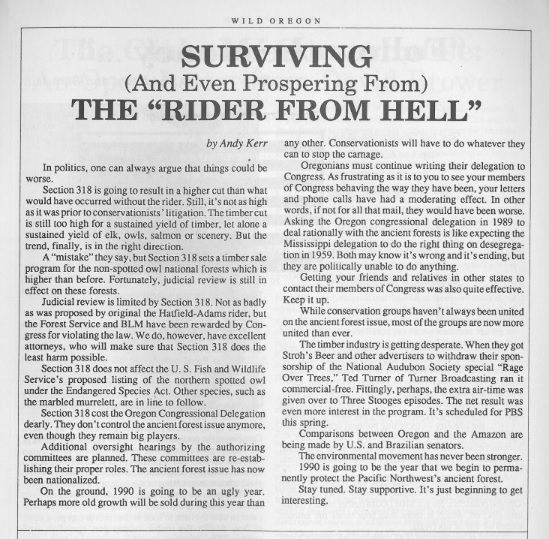
From privatization to protection
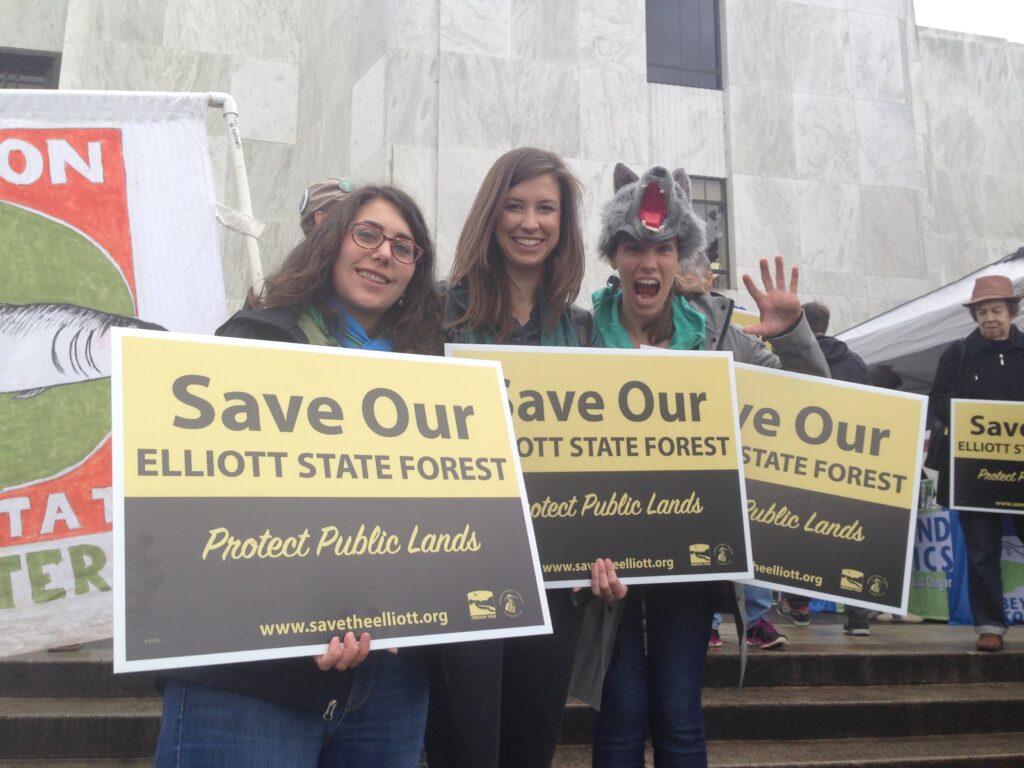
In the days following Donald Trump’s election in 2016, Oregon got an early preview of public land privatization proposals when the State Land Board accepted bids to sell off the 82,000-acre Elliott State Forest to private timber interests. The deal seemed final. But then Oregon Wild and our allies raised holy hell. Bob Sallinger warned in The Oregonian that Governor Kate Brown would be “haunted for the rest of her career” if she voted to sell the Elliott. Once seen as inevitable, the sale was halted when we raised enough of a ruckus to persuade all three Land Board members (including Republican Dennis Richardson and Treasurer Tobias Read, both of whom flipped their votes) to reverse the decision. Today, the vast majority of old growth in the Elliott is protected under a new Habitat Conservation Plan.
A Devil of a time
Located deep in the heart of the Oregon Coast Range, Devil’s Staircase was one of the last roadless areas left unprotected by the 1984 Wilderness bill. In 2009, Oregon Wild and many allies reignited a campaign to protect the area’s towering ancient trees and mythical, stair-stepped waterfall. Despite multiple near misses, the Oregon Wildlands Act eventually passed as part of a larger legislative package and was, somewhat surprisingly, signed into law by Donald Trump in 2019. The new law also designated the Molalla River and over 250 miles of tributaries to the Rogue River as Wild & Scenic. This hard-won victory is a testament to Oregon Wild’s relentless commitment over the decades to securing a protected natural heritage.
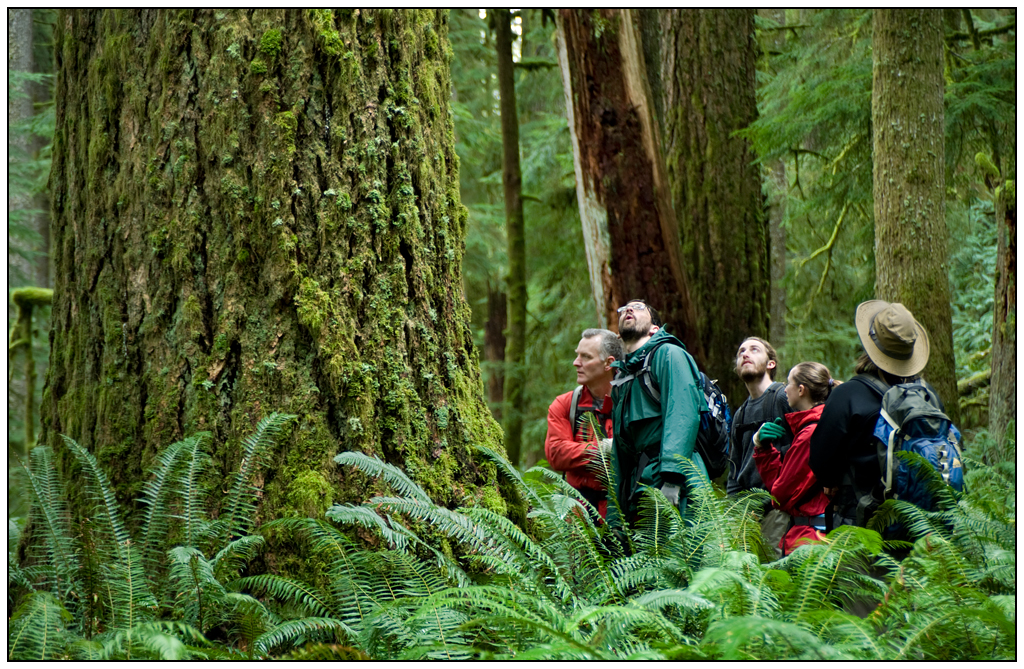
Big trees trump Trump
In the final hours of the first Trump administration, a political appointee overseeing the Forest Service approved a rollback of protections for large trees across seven million acres of National Forests. This action directly attacked the Eastside Screens—a rule established alongside the Northwest Forest Plan to protect the last remaining older forests east of the Cascades. These trees, 21 inches in diameter or larger, represent only 3% of trees still standing in eastern Oregon, yet hold 42% of the forest’s carbon.
Despite efforts from the collaborative-industrial complex (including scientists funded by the Forest Service) to defend Trump’s decision, Oregon Wild and our allies immediately mounted a legal challenge. In August 2023, a magistrate judge ruled overwhelmingly in our favor, citing violations of the Endangered Species Act, National Environmental Policy Act, and other laws. In April, another judge confirmed this ruling, effectively reinstating the Eastside Screens. When Forest Service attorneys dropped their appeal in September, a four-year battle to protect ancient forests across seven million acres finally came to a close.
Mountain goat photo by Drew Watson
